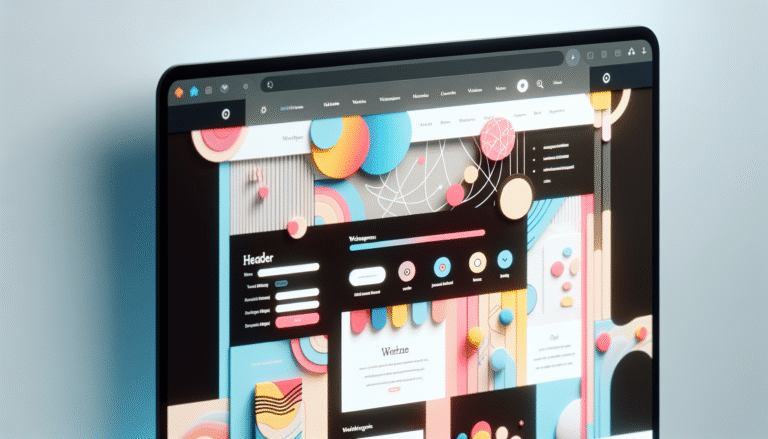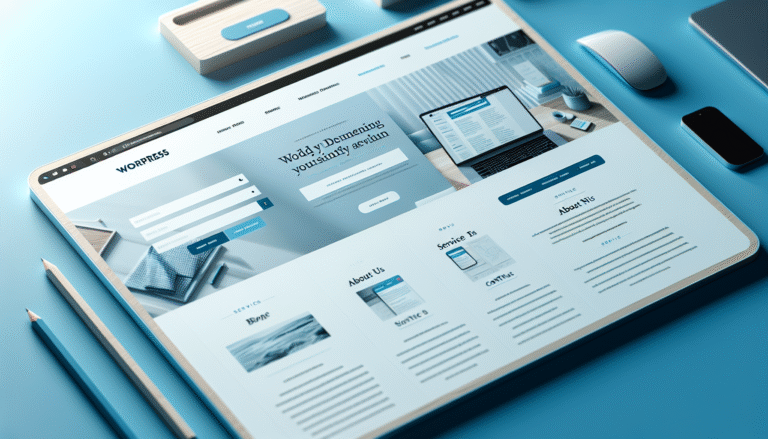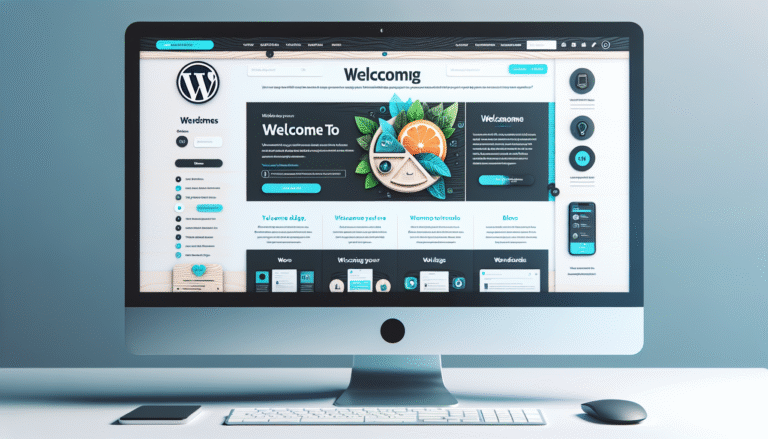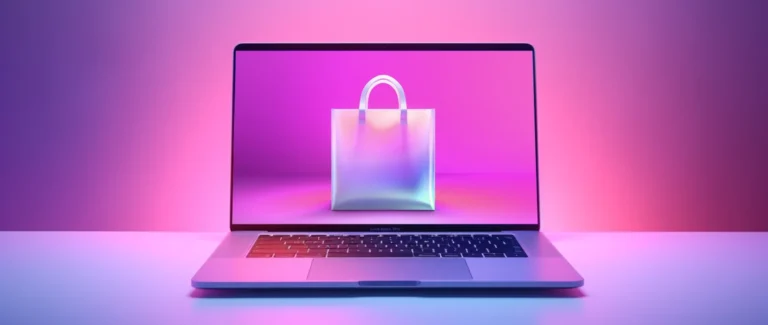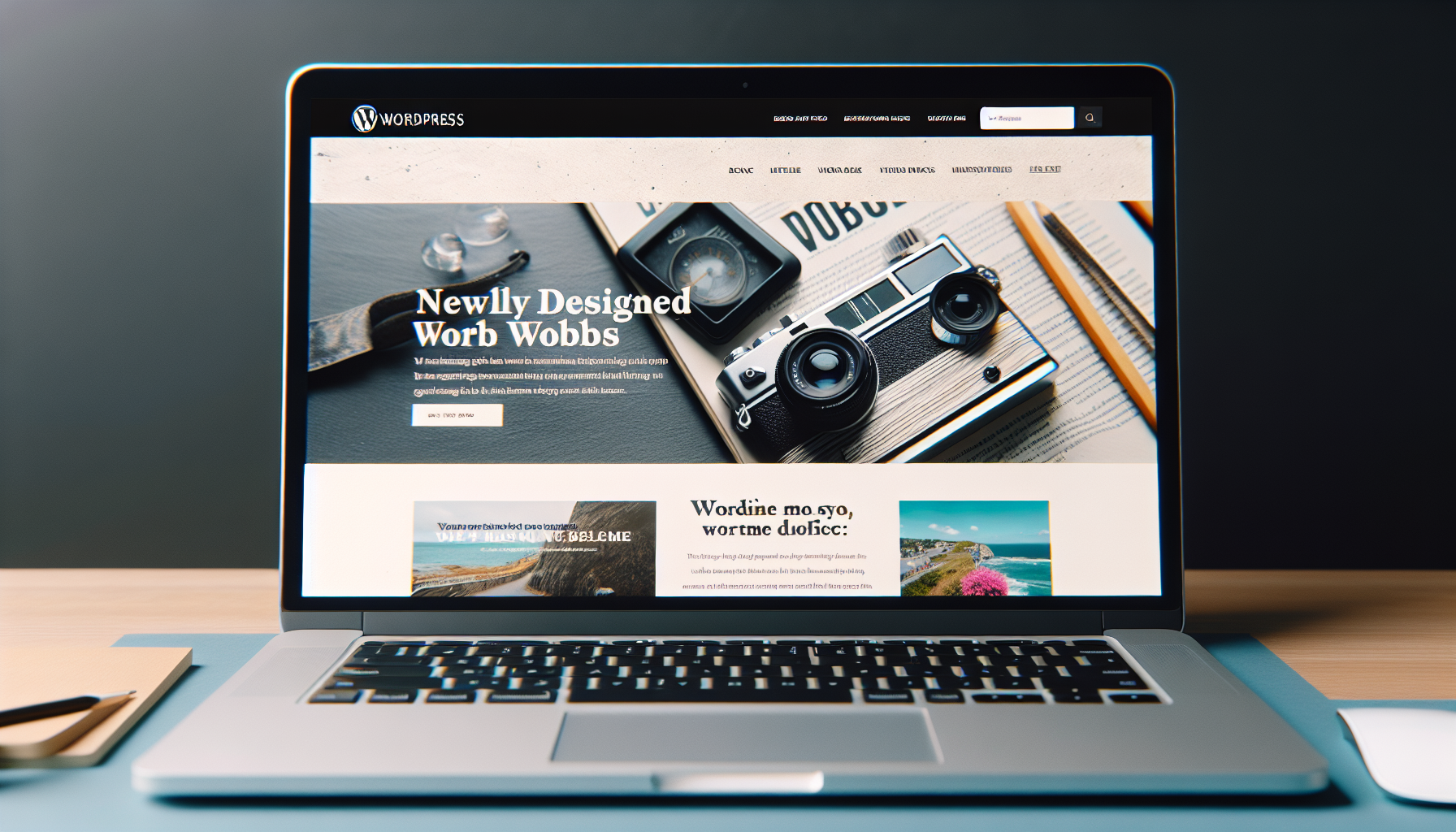
Sure! Here’s a rewritten version of the article that maintains the original message and tone, while offering a fresh structure and phrasing:
—
Thin Fonts: The Design Trend That’s Finally Fading Out
Thin fonts might look sleek and modern, but in practice, they’re the design equivalent of a stylish chair that’s impossible to sit in. For years, designers have treated ultra-thin typography as a hallmark of elegance and premium branding. But let’s face it: thin fonts are a nightmare when it comes to usability and accessibility.
They’re hard to read, disappear on certain screens, and exclude users with less-than-perfect vision. And yet, for far too long, they’ve been plastered across websites, apps, and digital interfaces. Fortunately, there’s a shift happening—designers are starting to prioritize legibility over aesthetics.
The Tide Is Turning
A growing number of websites are quietly moving away from feather-light fonts and embracing more readable options. Apple, once a champion of ultra-thin fonts in iOS 7, responded to user backlash by thickening its type. Google, too, has evolved its typography—phasing out Roboto Thin in favor of more legible alternatives.
Even luxury brands, which once clung to whisper-thin type as a status symbol, are beginning to favor readability. It’s a welcome change—but one that took far too long.
When Style Trumped Function
Design trends often swing like a pendulum. We’ve gone from skeuomorphic textures to flat design, and somewhere along the way, thin fonts became synonymous with minimalism and sophistication. Crisp white backgrounds, soft grays, and gossamer-thin letters became the go-to look for “modern” interfaces.
In controlled environments—high-res monitors, perfect lighting—these fonts might look beautiful. But in the real world, where people use phones in sunlight or browse on aging laptops, thin fonts fail miserably.
And let’s be honest: this wasn’t just about design. Thin fonts were a way for brands to signal exclusivity. If you couldn’t read the text? Maybe you just weren’t their target audience.
The Accessibility Problem We Ignored
The issue goes far beyond aesthetics. Thin fonts pose serious accessibility challenges. Users with low vision, color vision deficiencies, or cognitive impairments often struggle with faint, low-contrast text. Many of these fonts don’t even meet basic accessibility guidelines, especially when paired with trendy but problematic color schemes.
Ignoring these issues isn’t just bad UX—it’s potentially illegal. Accessibility laws, like the Americans with Disabilities Act (ADA) and Europe’s EN 301 549, are increasingly being used to hold websites accountable. Typography is part of that equation.
But it’s not just about people with disabilities. Most users don’t want to squint to read a button or menu. If your text is hard to read, your visitors will leave. That’s lost engagement, lost conversions, and lost revenue.
Mobile Makes It Worse
Thin fonts are bad enough on desktop—but they’re even worse on mobile. Smaller screens amplify every legibility issue. Add in real-world conditions like glare, shaky hands, or low lighting, and that elegant typeface becomes unreadable.
Even Google, which once embraced ultra-thin fonts in its Material Design system, has shifted toward bolder, more legible typography. Why? Because users need to be able to read the text. It’s that simple.
The Slow Fade of Thin Fonts
Thankfully, the design world is catching up. Tech giants like Apple, Microsoft, and Google have all made moves to beef up their typography. Spotify, which once featured ultra-thin text in its mobile app, now uses bolder fonts with better contrast. Instagram has also adjusted its typography to be more readable.
Even high-end fashion brands—once the biggest proponents of delicate type—are seeing the light. Some have traded in their wafer-thin wordmarks for something more legible. It’s not a full-on revolution, but the trend is clearly shifting.
And it’s not just big corporations making the switch. Smaller companies and startups are realizing that readable fonts drive better engagement. Whether it’s an e-commerce site, a news platform, or a social app, more designers are choosing clarity over coolness.
What Designers Should Be Doing Now
If you’re still using ultra-thin fonts in your designs, it’s time to rethink your approach. That trend is on its way out—and for good reason.
Here’s what designers should focus on:
– Stop defaulting to thin fonts. Just because it looks good in a mockup doesn’t mean it works in practice.
– Test typography in real-world conditions. Try it on different devices, in various lighting, and at different sizes. If it’s hard to read, fix it.
– Prioritize contrast. Light gray text on a white background may look “clean,” but it’s a usability disaster. Use contrast to make your text stand out
